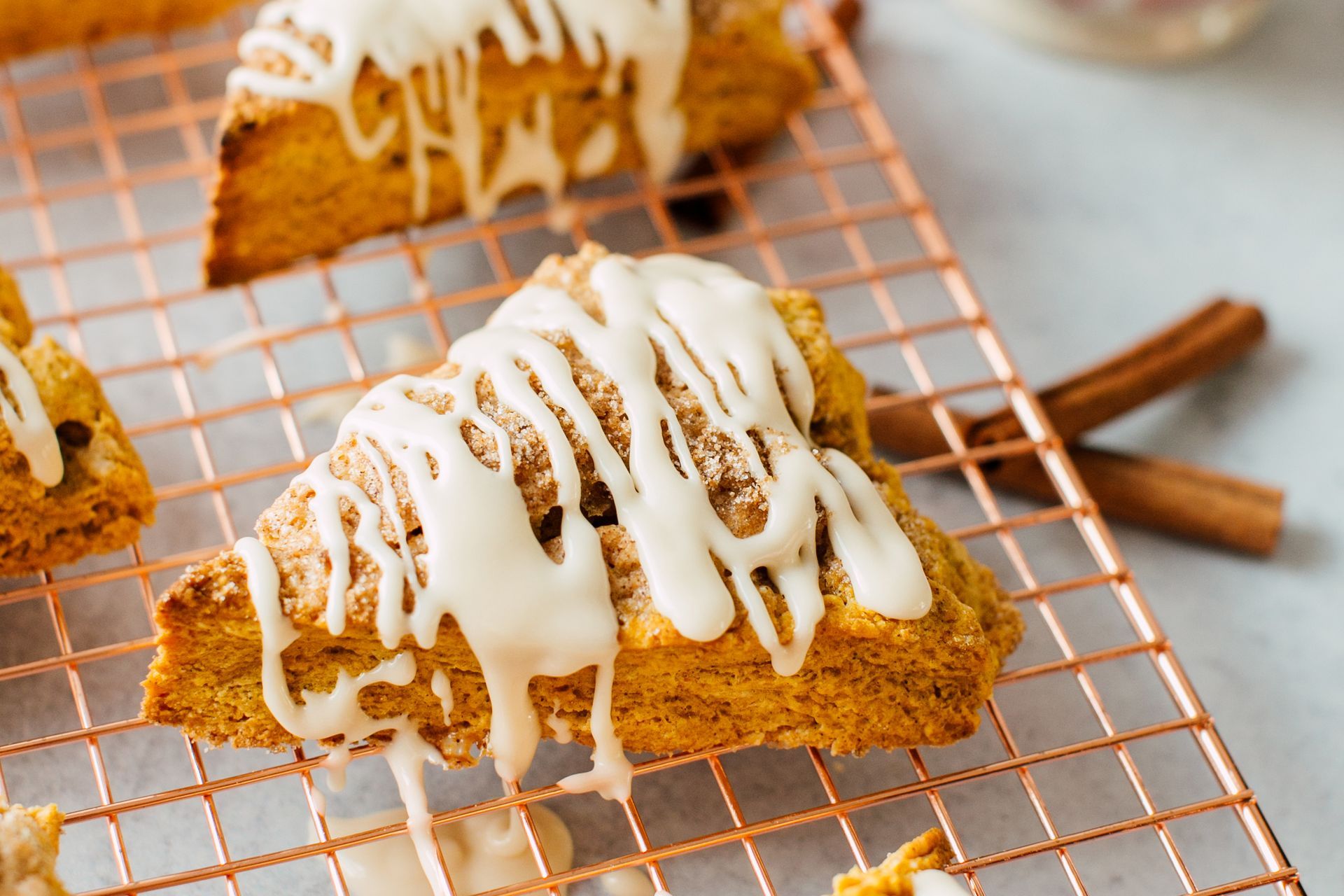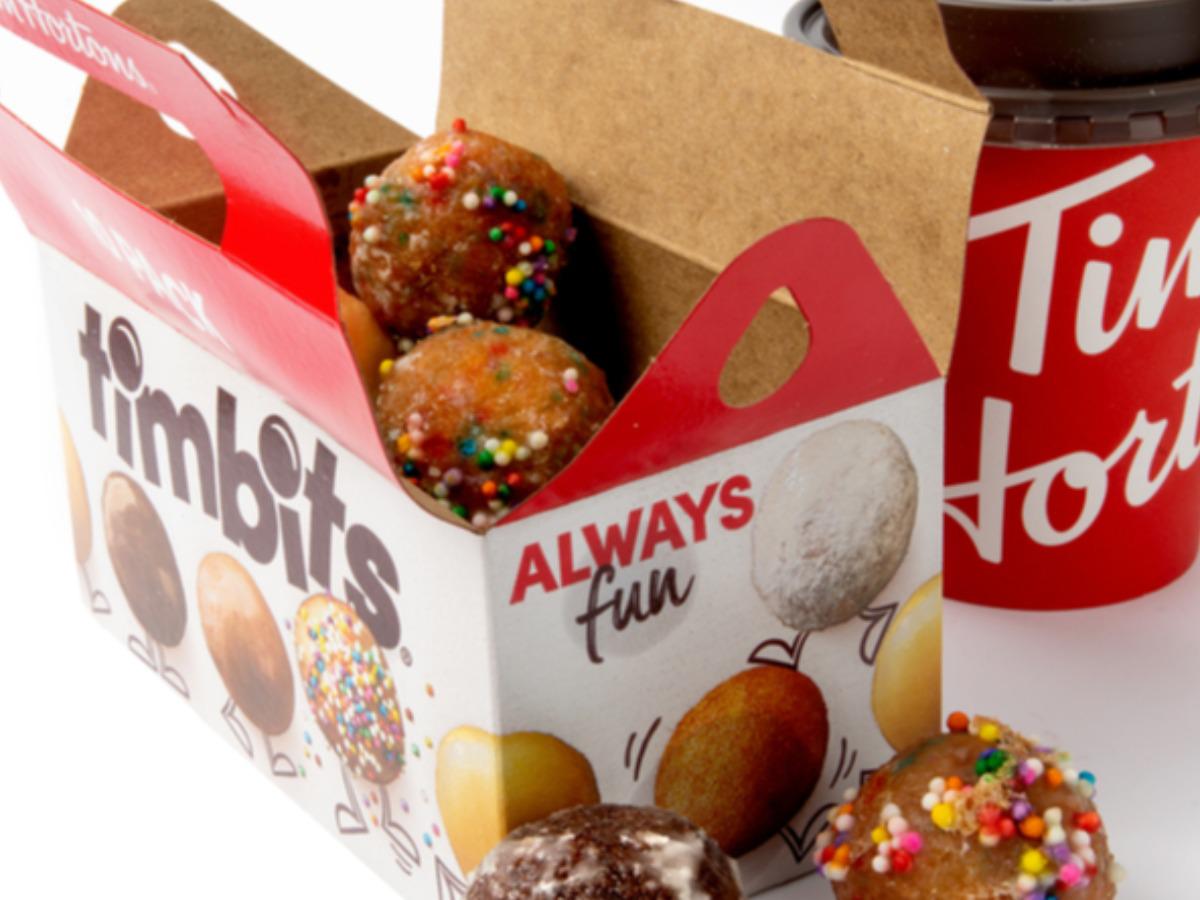Blog Layout
Fermented Foods: Good Food Gone Bad, for Good
CSSI Staff Post – April 9, 2021
By now, you’ve probably heard the term “fermented” in regard to food, in some form. It’s one of the oldest forms of food preservation, even predating recorded history, yet it has only recently begun to make waves in the mainstream. According to Datassential, the term “fermented foods” is only in the adoption stage of the menu adoption cycle.1
But that term is a little broad, and if we narrow it down and think about specific fermented food products—kimchi, sauerkraut, soy sauce, sourdough bread, and even beer and wine—the term “fermented” becomes more comfortable and less foreign. Let’s explore the various health, flavor and cultural benefits of this glorious process spurred on by vigilante microbes whose sole purpose is to enhance their environment via the food we consume.
Let’s Start with Health
Our bodies, and indeed our world itself, are a complex network of microbial communities, each with a task specific to the immediate environment in which they reside. When it comes to fermented foods, we are speaking of the communities in our guts. This bacteria, potentially enhanced by bacteria in foods and probiotic supplements, can have far-reaching and profound impacts on our health.2
This is because fermented foods are highly nutritious and digestible; fermentation predigests foods, making nutrients more bioavailable, and in many cases, it generates additional nutrients or removes anti-nutrients and toxins.2
But the benefits don’t stop there. By ordering specialized immune cells to produce potent antiviral proteins, the beneficial gut microbes can elicit an effective immune response not only against viruses that infect our digestive system, like norovirus and rotavirus, but also those infecting the lungs, such as the flu virus.3
All this is to say that fermented foods are not the secret to health and longevity, but rather one piece of the puzzle when combined with an active lifestyle, mental health awareness and maintenance, a wholesome diet, and several other factors.
Fermentation for Flavor Enhancement
Think about the cucumber: humble, simple, refreshing… and bland. No offense to fresh cucumbers; I love them in my salads or as the garnish for my Hendrick’s® Gin and tonic. But cover them in a saltwater brine with some garlic and fresh dill, put them in a jar, and let them sit in a dark cabinet for a few days, and something magical happens. Lactic acid bacteria (LAB) go to work and transform this unassuming fruit-vegetable into a crunchy, salty, sour work of art that stands ready to enhance an otherwise modest turkey sandwich, to be battered (or breaded) and fried for a popular appetizer, or in the case of Co-op Hot Sauce here in Chicago and their now defunct Liquid Pickle, puréed with the brine and served as a delightfully tart probiotic shot.
But cucumbers aren’t the only ones having fun—cabbage, wheat, milk, soybeans and meat products benefit greatly from fermentation processes. Even ketchup, America’s favorite condiment, was born of fermentation, coming via Britain from Southeast Asia as early as 1680.2
And while today’s corn-syrup-based tomato ketchup isn’t exactly fermented, it’s made with vinegar, a product of fermentation. Just something to chew on the next time you’re enjoying your burger and fries.
Connection to Community
Throughout human history, socialization and alcohol consumption have gone hand in hand, at happy hours, birthdays, weddings, family meals and even funerals. While fermenting beer and wine at home can be time-consuming, slightly complex and wrought with opportunity for failure, most fermentation processes are relatively easy to accomplish from home.
At the beginning of the pandemic, amid various social distancing recommendations and stay-at-home orders, we saw people around the country trying their hands at sourdough bread and other projects once thought to be too difficult for the amateurs. With just a few staple ingredients and minimal equipment, you can have a weekend project that keeps kids and families engaged and connected to each other.
These projects have the added benefit of being relatively inexpensive, making for delicious and cost-effective gifts. I regularly gift home-made hot sauce, pickles, kimchi and sauerkraut. I once offered a 12-pack of home-made beer to a friend in exchange for their help during a move; much cheaper than hiring movers and the perfect solution for a culinary school kid on budget.
Where Do We Go from Here?
Burger powerhouse Shake Shack recently debuted a Korean-style fried chick’n sandwich with kimchi, and WaBa Grill includes kimchi in their new spicy Asian salmon salad. Go to any sandwich shop and you’re likely going to find a Reuben that includes sauerkraut. Whether offering kombucha (either bottled or from a keg), house-made pickles or kimchi, or locally sourced cheese and cured meats, there is room to tell a story that connects your customer to the producer through your menu. With the ongoing emphasis on local, sustainable and healthy foods, natural fermentation and preservation offers an easy and cost-effective way for large operators to appeal to a broader consumer base, as well as the up-and-coming Gen Z.
1. Datassential, Menu Adoption Cycle “Macro Trends,” 2020.
2. Katz, Sandor. The Art of Fermentation: An in-depth exploration of essential concepts and processes from around the world. White River Junction, VT: Chelsea Green Publishing, 2012.
3. Bluezones.com, “A Healthy Gut Microbiome Could Help Prevent Severe COVID-19”, Ana Maldonado-Contreras, January 2021.
Dan Solomon
R&D Chef

28 Feb, 2023
March 1st, 2023 We’re thrilled to introduce the newest addition to our culinary family: Chef Steve Madonna. Formally trained in both Italy and the United States, as well as having worked for Wolfgang Puck, Chef Steve brings an extensive set of connections and culinary knowledge to our already stacked chef roster. Featured in this month’s issue is one of Chef Steve’s favorite recipes for making memories at home with your loved ones.

19 Oct, 2022
October 19, 2022 Pumpkin pie is a nostalgic menu item and my personal favorite when it comes to fall and winter menus, as it goes hand in hand with a traditional Thanksgiving or Christmas feast. We elevate the nostalgia by turning this must-have holiday dish into a clarified cocktail that leaves your taste buds as curious as your eyes. We get adventurous as we replace expected visual elements with an ice-cold glass of clarified liquors infused with pumpkin pie. This cocktail defies all visual expectations, while leaving your sense of smell and taste immersed in a seasonally nostalgic experience.

19 Oct, 2022
October 19, 2022 Canada is well known for many things. Hockey, snow, maple syrup, and a few other stereotypical but somewhat accurate concepts may immediately come to mind. What you may not know, though, is how invested we are in the snacks that we consume. Compared to the U.S., sure, we are no match for the quantity and variety offered in the land of the free, home of the snacks. However, what we know in our hearts is that Canada has a long-standing, tried-and-true, flawed, yet beloved top-notch snack game. I’m talking about comfort foods that have become so integrated and so established that they are classified as cult-favourites—and no, I did not spell favourites incorrectly. You are about to see a lot more of the letter “U” in this article. Sorry! The great Canadian snack game is easy enough to understand. You think of a flavour and either slap it on a potato or pair it with chocolate. Snacking has always been a huge part of Canadian food culture, but it is only going up from here. To put it lightly, the past few years have been tough on everyone around the world, and Canadians have chosen to increase their spending on snacks by 67% as an indulgence or, personally, as a coping mechanism. In no way, shape, or form am I claiming to be a culinary expert somehow employed in the field of Finance, but I have eaten a lot in my life and right now, I’m the best and/or only Canadian guide you’ve got. Let’s get into the details:
CSSI Culinary | All Rights Reserved |
Created by Olive + Ash.
Managed by Olive Street Design.


